As Isis Falls, a Humanitarian Crisis Is Rapidly Unfolding in North-Eastern Syria
by Dani Ellis in Deir-ez-Zor, Syria
15 March 2019
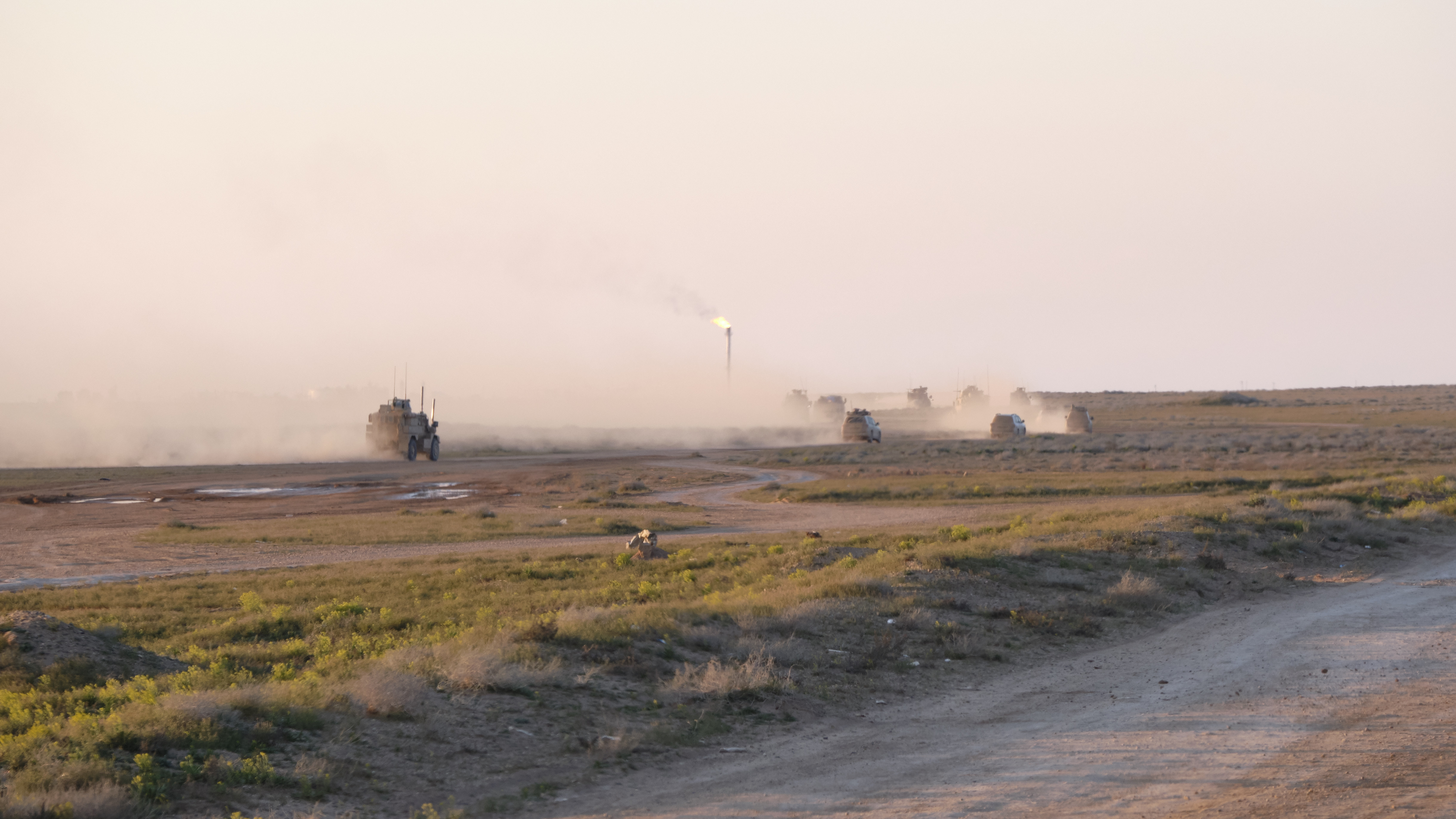
Once encompassing an area the size of England with a population of almost 10 million, the Islamic State of Syria and the Levant (Isis) now occupies just a small village near the Syria-Iraq border called Al-Baghouz. Here, Isis is besieged by the Syrian Democratic Forces (SDF) and a coalition of international allies who have recently begun their final assault. But as the rest of the world clamours for interviews with so-called ‘Isis brides’, the civil structures in north-eastern Syria are struggling to cope with a rapidly-deteriorating humanitarian crisis that is gaining little international attention.
In the last month, more than 10,000 people have crossed the desert in Southern Deir-ez-Zor, leaving Isis’ last village and either being captured by or surrendering themselves to the SDF.
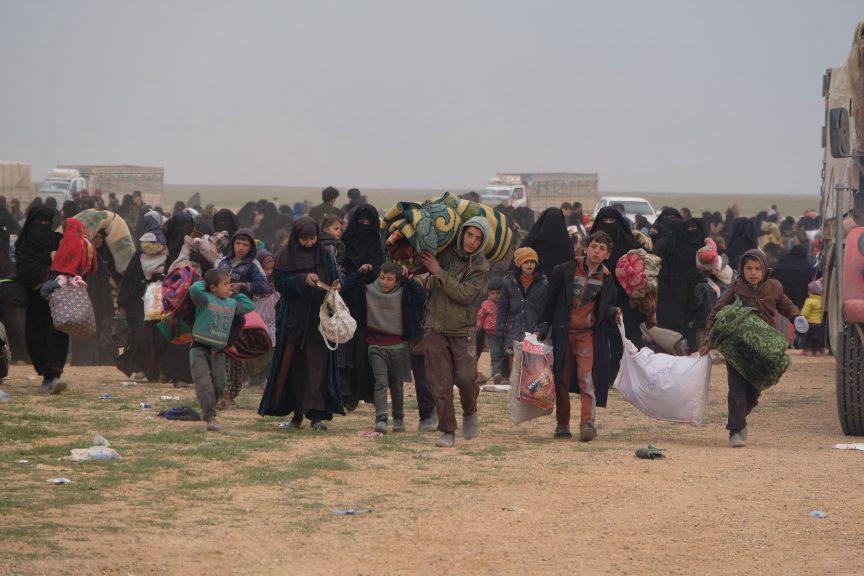
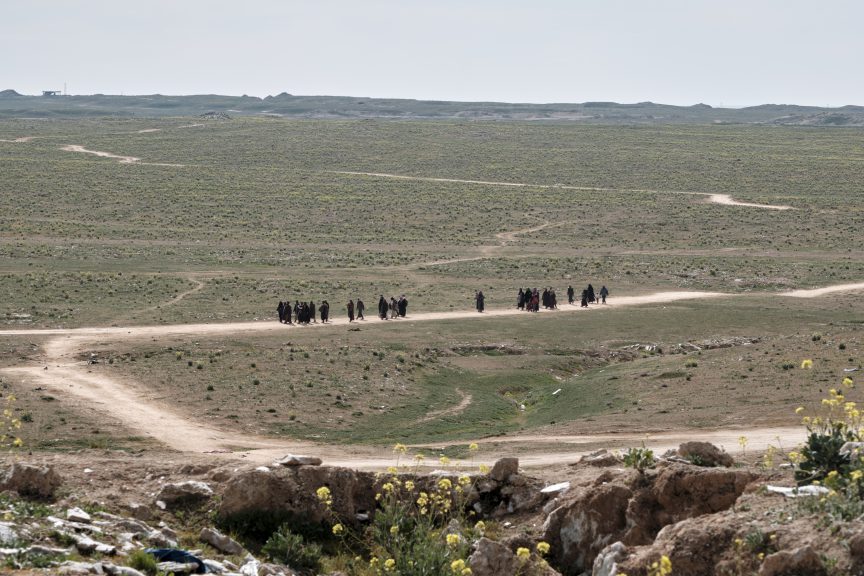
The condition of those arriving at hastily assembled IDP (internally displaced people) points has worsened markedly in past weeks. While groups arriving at the beginning of February were undoubtedly hungry and exhausted, many of those who arrived in the days preceding the 5 March military assault on Al-Baghouz were dangerously malnourished. Since then, the situation has only deteriorated further. Deaths – particularly amongst infants – are increasingly common, with one international YPJ volunteer telling Novara Media that she had witnessed eight children succumb to malnutrition and exposure the previous night, out of several hundred people that had arrived that evening.
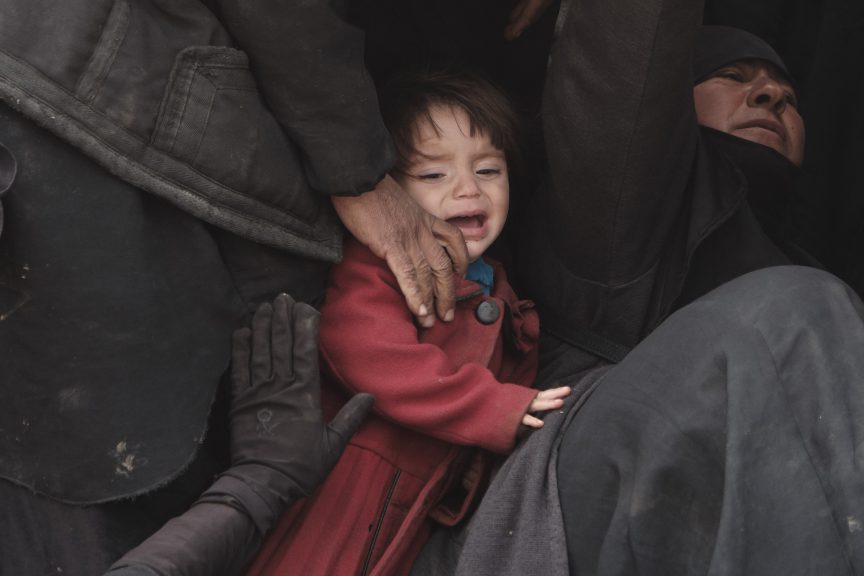
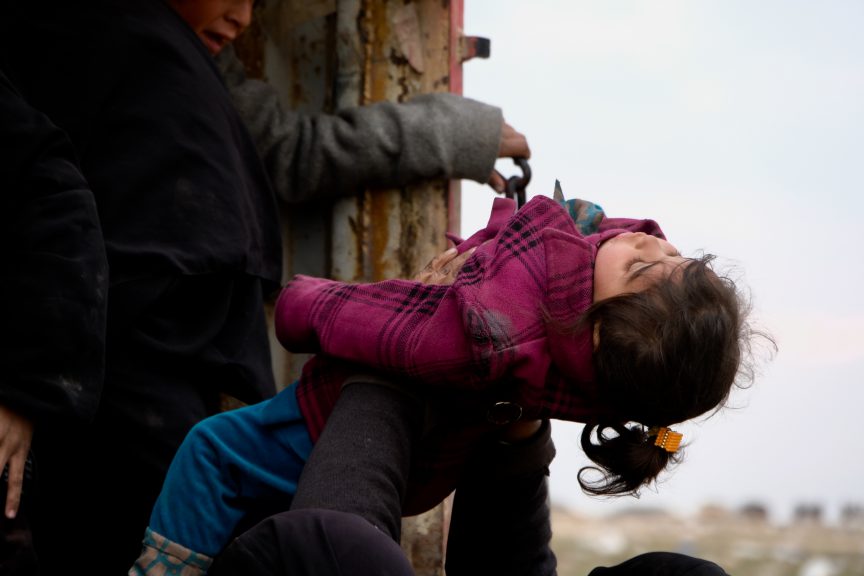
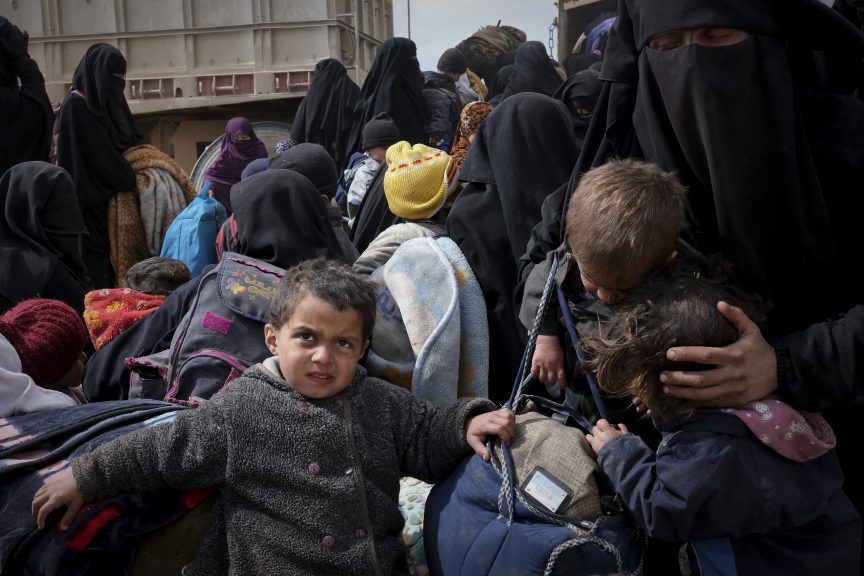
Notably lacking at these temporary camps in the Syrian desert is international aid. While the SDF’s constituent factions are present in large numbers, they have only limited capacity to deal with the medical needs of the many thousands arriving every day. The only other foreign aid group regularly seen working in the area is the Free Burma Rangers, a small, though well-funded, American-led charity doing its best to distribute food, blankets and sanitary products but which, like the SDF, is not equipped for the kind of major medical interventions many new arrivals urgently need.
Most people arriving at IDP camps have left Al-Baghouz in convoys of SDF-chartered trucks, ordered to leave by Isis leadership in exchange for supplies of food and medicine from the besieging forces, but some have made the gruelling 10 hour walk across open desert that oscillates between dust bowl and quagmire on a near-daily basis. The first-line IDP camps they arrive at may provide only temporary respite, but they at least stem the risk of starvation or exhaustion. Sanitation, however, is a ticking time-bomb. Deliveries of nappies and sanitary towels are few and far between, and toilet and wash facilities totally absent. Virtually every square metre contains a mix of excrement, soiled nappies, bloodied medical dressings and discarded food cans, all embedded in the dense desert floor by the weight of thousands of poorly-protected or even bare feet. Peoples’ clothes, hands and faces are encrusted with dirt and detritus and many come with untreated wounds still seeping blood.
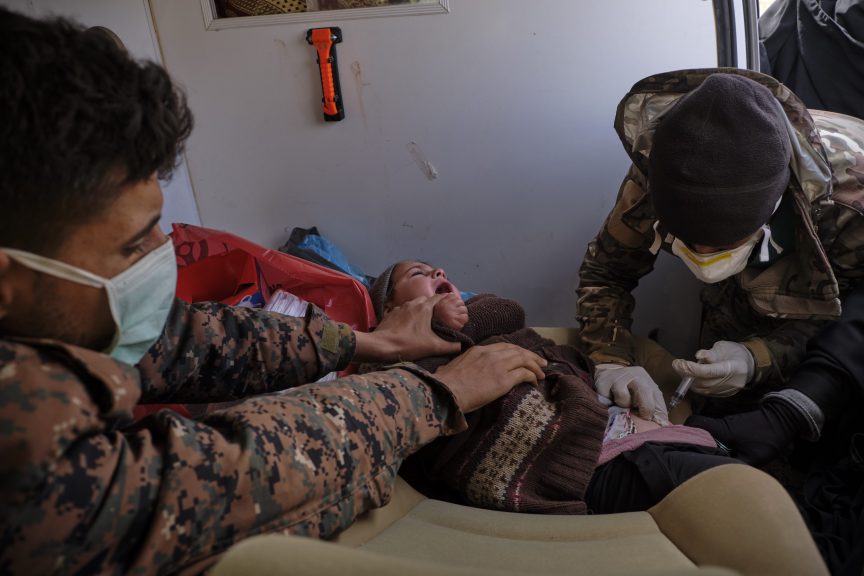
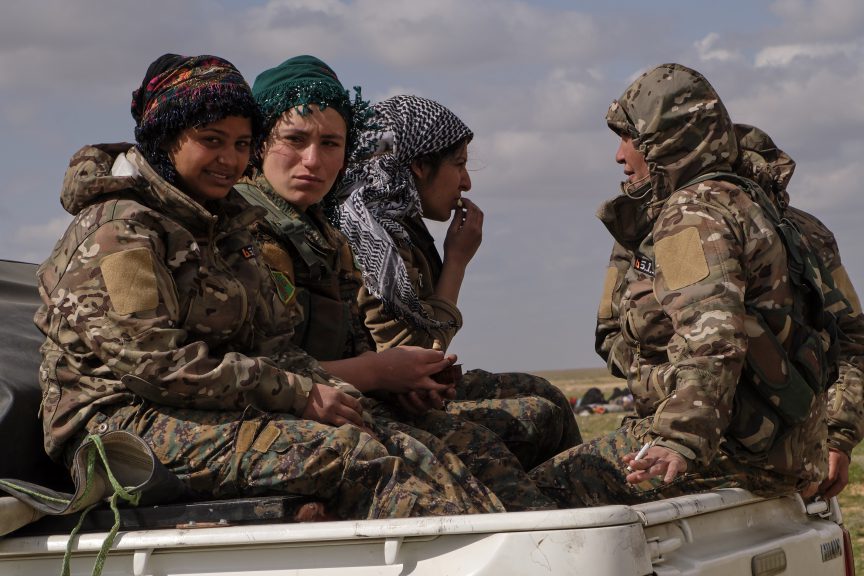
The camps are intended to provide the SDF a first opportunity to search, register and triage newcomers before they are loaded back on to the fleet of cattle trucks for the nine hour drive north to Al-Hawl refugee camp. The cramped environment of these open-topped vehicles – many of which are quite literally full to the brim – combined with such abject sanitary conditions, present a ripe opportunity for disease amongst people who are already desperately weak. Signs of scurvy and general malnutrition were quite obvious in many people we met, yet more worrying were the symptoms shown by some of leishmaniasis, an aggressive infectious parasite spread by sandflies.
When trucks arrive at the IDP points, SDF forces immediately separate men from women and children, affording Western intelligence agencies the chance to interrogate suspected militants. The US military has been a constant but always distant presence during in the area since the siege began. . The roar of jets and buzz of drones overhead, along with convoys of armoured patrol vehicles keeping watch over the camps from higher ground are a regular reminder of America’s deep involvement in Syria’s revolution. While many people are grateful to fall under the protection of the US Air Force’s air superiority, the Americans’ willingness to provide such an expensive show of force lies in stark contrast to the near-total lack of humanitarian support on the ground.
As much as there is frustration with the lack of help, there is also a common understanding of how the situation arose. Everyone – soldiers, aid workers and journalists alike – has been totally taken aback at how many people remained in the caliphate to its final days. Isis’ notorious secrecy made it impossible to predict the scale of the crisis that is now unfolding.
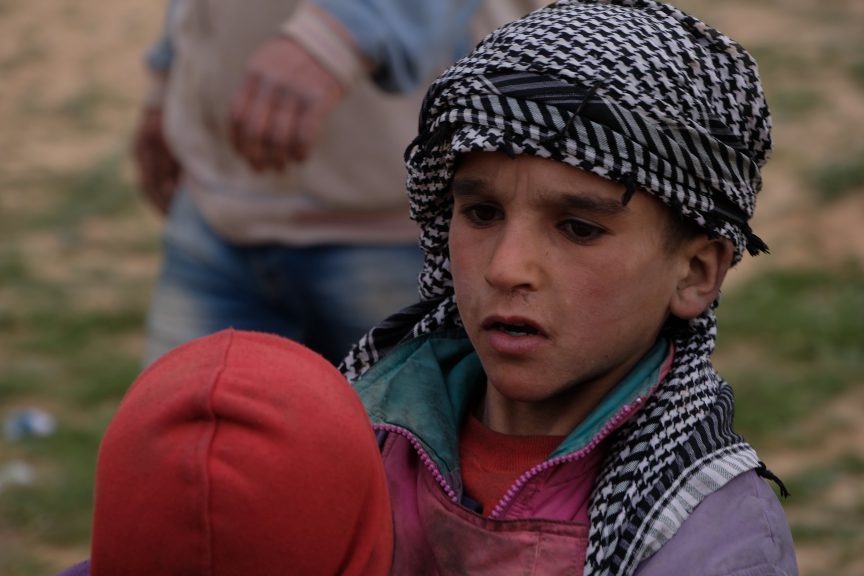
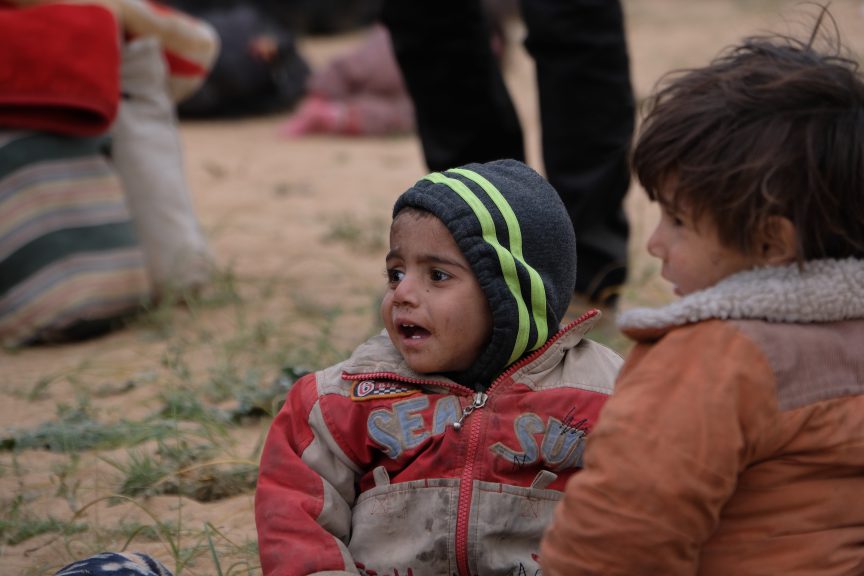
When the SDF first arrived outside Al-Baghouz in mid-February, everyone responded with incredulity to reports that many thousands of people remained in less than one square kilometre of tents and low-rise buildings. When Novara Media and the RIC attended an IDP camp for the first time, we witnessed the arrival of around 30 truckloads – easily more than a thousand people in total – and assumed they would be the last to escape the fighting. Almost a month later there are still thousands leaving each day and the SDF has had to hastily implement ceasefires to allow their escape. It seems likely now that more than 20,000 were present at the start of February; a population density closer to that of Glastonbury festival than a small village in the Syrian desert.
The democratic forces in northern Syria have now spent more than five and a half years and lost thousands of fighters in their war with Isis; it is rare to visit a family in the region and not find on the wall photos of daughters and sons lost in the struggle. Yet for all the resentment and anger those serving in the SDF here must have against families only now leaving the caliphate, they do not show it. The alliance and the civil structures that they exist to defend are clearly trying to show the same compassion for their new captives as they would any other refugees, but after so many years of war and embargo there is only so much they can provide. Every new family arriving strains their overstretched resources closer and closer to breaking point. The question now is which will arrive first: help or collapse?
Dani Ellis is a photographer and journalist based at the Rojava Information Center, a volunteer-run news and media agency in north-eastern Syria.